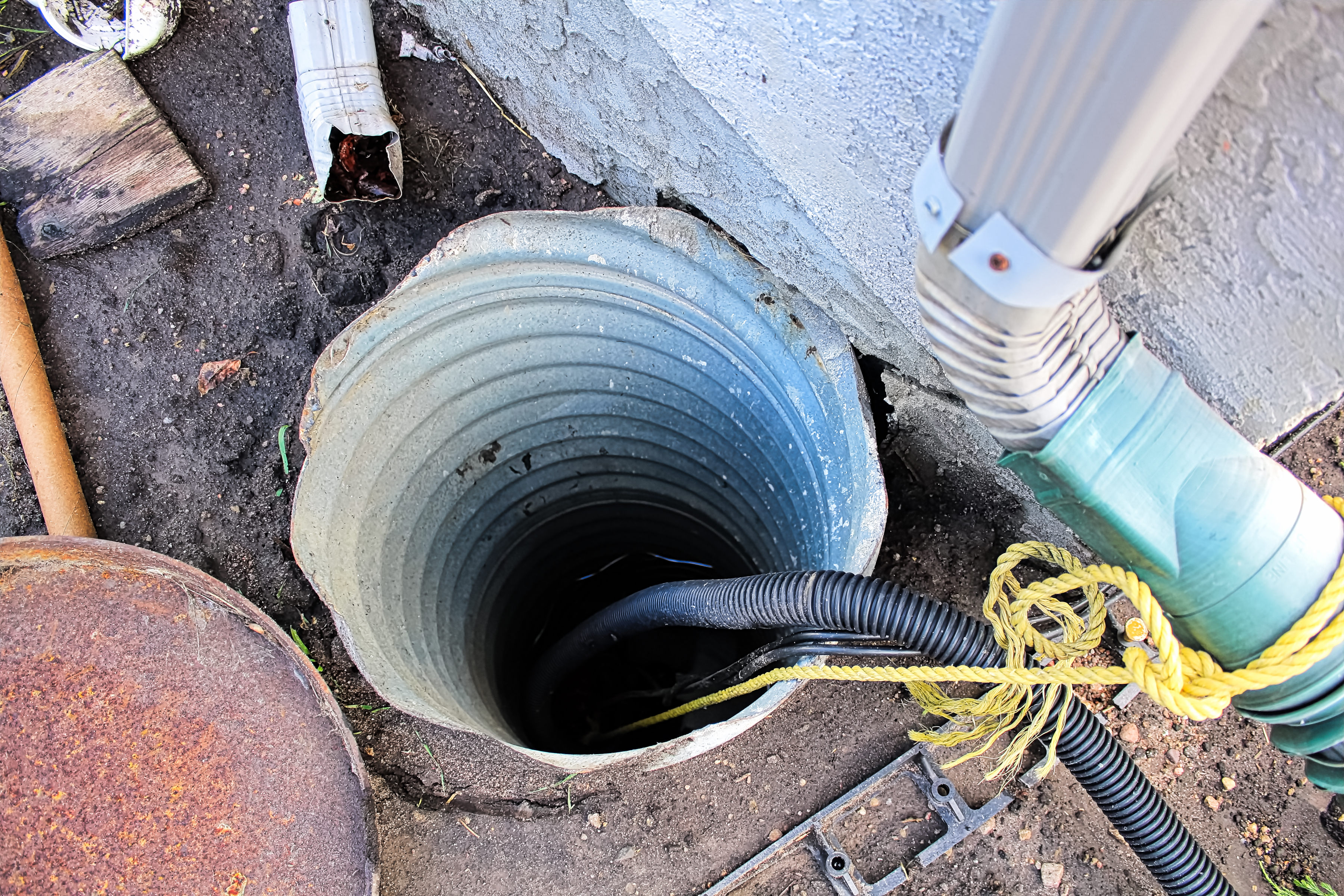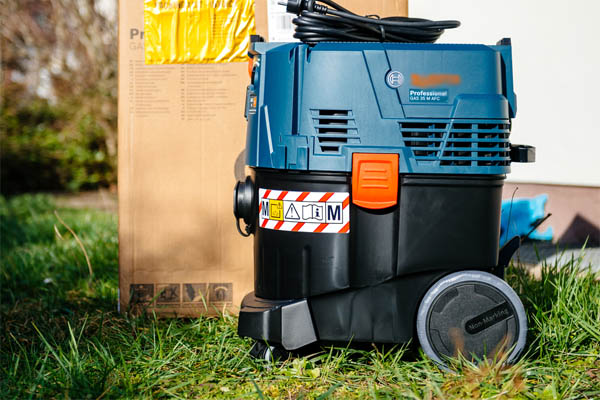Recommended Steps for Servicing Your Sump Pump
Free EstimateWe have found this article involving How To Effectively Clean A Sump Pump below on the web and accepted it made sense to quickly share it with you over here.

Sump pumps are important elements in several homes, particularly in areas prone to flooding or excessive dampness. They help stop water damages by effectively removing excess water from basements or crawl spaces. Nevertheless, like any other home appliance, sump pumps call for normal maintenance to guarantee they function successfully when required one of the most. Cleansing your sump pump is a vital part of its upkeep, and understanding exactly how to do it correctly can save you from costly repair services and prospective catastrophes.
Introduction
Preserving a clean sump pump is crucial for its correct performance and longevity. Ignoring this essential task can cause obstructions, breakdowns, and eventually, water damage to your residential property. For that reason, learning exactly how to cleanse a sump pump is crucial for house owners who depend on these gadgets to maintain their cellars dry and safeguarded.
Signs of a Dirty Sump Pump
Recognizing when your sump pump needs cleansing is essential for preventing potential breakdowns. Some typical indicators that indicate an unclean sump pump include weird sounds throughout operation, lowered water circulation, and visible debris in the pit. If you notice any of these signs, it's necessary to cleanse your sump pump promptly to prevent any kind of further issues.
Getting ready for Cleansing
Before you begin cleaning your sump pump, it's necessary to take some safety preventative measures. Start by turning off the power to the pump to stay clear of any type of electric crashes. Additionally, use suitable safety gear, such as gloves and goggles, to protect yourself from dust, particles, and prospective microorganisms.
Understanding the Sump Pump
Prior to diving into the cleaning procedure, it's important to have a standard understanding of exactly how a sump pump works. Typically installed in a pit or basin below the cellar flooring, a sump pump includes several essential parts, consisting of a pump, a float button, and a discharge pipeline. When water builds up in the pit, the float switch turns on the pump, which after that pumps the water out via the discharge pipe, far from the structure's structure.
Detailed Overview to Cleaning a Sump Pump
Turning off the Power
Begin by separating the power supply to the sump pump to prevent any accidents while cleaning.
Looking For Correct Performance
Before reinstalling the pump, do a quick examination to ensure that the float button turns on the pump appropriately. Put some water right into the sump pit and observe the pump's procedure. If everything is functioning properly, you can reconstruct the pump and reconnect the power supply.
Eliminating Particles and Dust
Utilize a pail or an inside story to eliminate any noticeable particles, dirt, or sediment from the sump pit. Dispose of the debris appropriately to stop it from blocking the pump or the discharge pipeline.
Cleaning up the Pump and Float Switch Over
Once the pit is clear of debris, very carefully remove the pump from the pit. Check the pump and the float switch for any indications of damages or wear. Make use of a soft brush or cloth to cleanse the surfaces and remove any type of gathered grime.
Flushing the System
After cleansing the pump and float button, flush the sump pit with clean water to remove any type of remaining dust or sediment. This will help ensure that the pump operates smoothly and successfully.
Upkeep Tips to Maintain Your Sump Pump Clean
Along with periodic cleaning, there are numerous upkeep ideas you can follow to keep your sump pump in optimum condition:
Final thought
Cleansing your sump pump is an important aspect of its upkeep and guarantees that it operates effectively when you need it the most. By complying with the steps described in this guide and integrating normal maintenance into your regimen, you can extend the life expectancy of your sump pump and shield your home from water damage.
6 STEPS ON HOW TO CLEAN A SUMP PUMP PROPERLY
UNDERSTANDING SUMP PUMPS
Your sump pump plays a crucial role in protecting your home by managing and removing excess water. It primarily functions as a “shield”, guarding your basement against the damaging effects of water accumulation. The pump is housed in a sump pit in the lowest part of your basement, and its job is to pump out any water that collects there.
During heavy rainfalls or when snow melts rapidly, water can infiltrate your basement, posing potential risks like flooding, structural damage, and harmful mold growth. Here, the sump pump springs into action, pumping out the intruding water and directing it away from your home.
SAFETY FIRST
Before cleaning, remember to prioritize safety. Disconnect the sump pump from the power source to prevent any accidental electric shocks. Also, wear sturdy gloves to protect your hands from any sharp or dirty components within the pump.
REMOVE THE SUMP PUMP
After ensuring your safety, the next step is to remove the sump pump from its pit. Doing this might require careful maneuvering as you don’t want to damage any pump components. Once removed, clean the sump pit to remove any accumulated debris or sludge.
INSPECT THE PUMP
Inspect the pump for any visible signs of wear or damage. Check the power cord, float switch, and impeller housing. If any components look worn out or damaged, consider replacing them to ensure optimal performance.
CLEAN THE PUMP
Thoroughly clean the pump with warm, soapy water. Make sure to rid it of any dirt, gravel, or other debris that might impede its performance. You can use a toothbrush to clean the small, hard-to-reach parts of the pump.
REINSTALL THE SUMP PUMP
Reinstall the pump into the sump pit Make sure it’s positioned correctly to remove the water effectively Once it’s back in place, reconnect it to the power source TEST THE PUMP
Finally, pour some water into the pit to ensure the pump works correctly. It should start automatically and begin pumping out the water; if it doesn’t, check the power source and the positioning of the pump.
Remember, while cleaning your sump pump is an essential part of home maintenance, hiring a professional plumber for a thorough inspection and cleaning at least once a year is also important. This will ensure that your pump is in optimal condition, ready to protect your home from potential water damage.
BEST PRACTICES FOR CLEANING SUMP PUMP DISCHARGE PIPES
Regular Inspection: Regularly inspect your discharge pipes, especially during heavy rainfall or snowmelt periods. Look for any signs of blockage or damage. Early detection of problems can prevent serious issues down the line. Periodic Cleaning: Over time, sediment and debris can accumulate in the discharge pipes, impeding the flow of water. Regular cleaning helps keep the pipes clear and functioning efficiently. You can use a high-pressure water jet to effectively clean the pipes. Insulation During Winter: In colder climates, discharge pipes can freeze, blocking the outflow of water. Protect your discharge pipes from freezing temperatures by insulating them with foam pipe insulation. This will ensure the sump pump can continue to discharge water even in freezing conditions. Proper Positioning: The discharge pipe should be positioned to direct water away from your home’s foundation. Improper positioning can lead to water seeping back into the basement. Ensure the pipe is long enough and angled correctly. Installation of a Check Valve: A check valve prevents water from flowing back into your sump pit after the pump has pushed it out. Installing a check valve helps maintain the efficiency of your sump pump and reduces the risk of flooding. Minimize Pipe Turns: Every curve or turn in the discharge pipe can decrease the efficiency of water flow. By minimizing turns and bends in your discharge pipe, you can increase the efficiency of your sump pump. https://www.fullspeedplumbing.com/how-to-clean-a-sump-pump-properly9999/

I hope you enjoyed our part about . Many thanks for taking a few minutes to read our piece. Make sure you take the time to promote this page if you appreciated it. We thank you for reading our article about .
Call Today